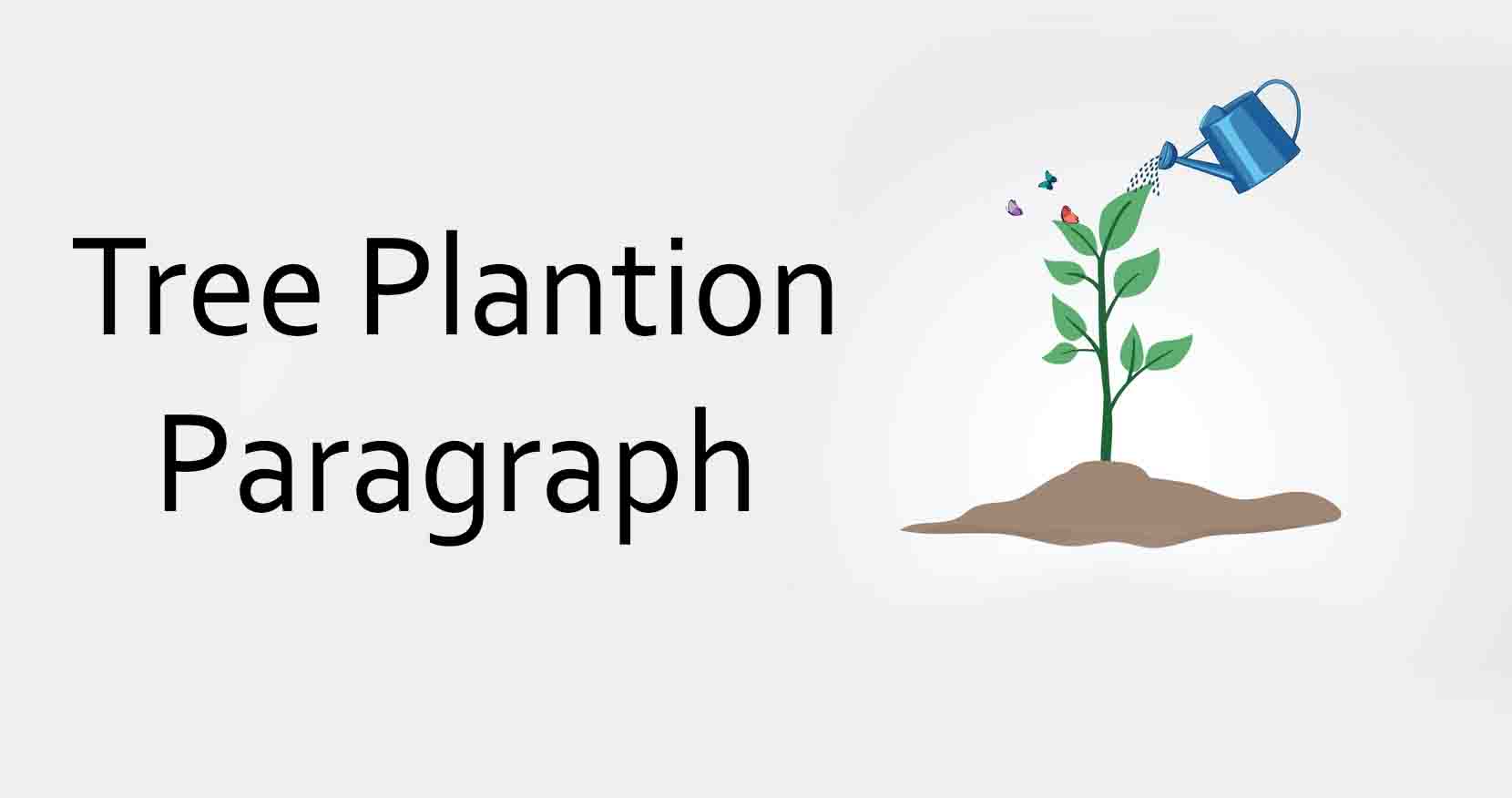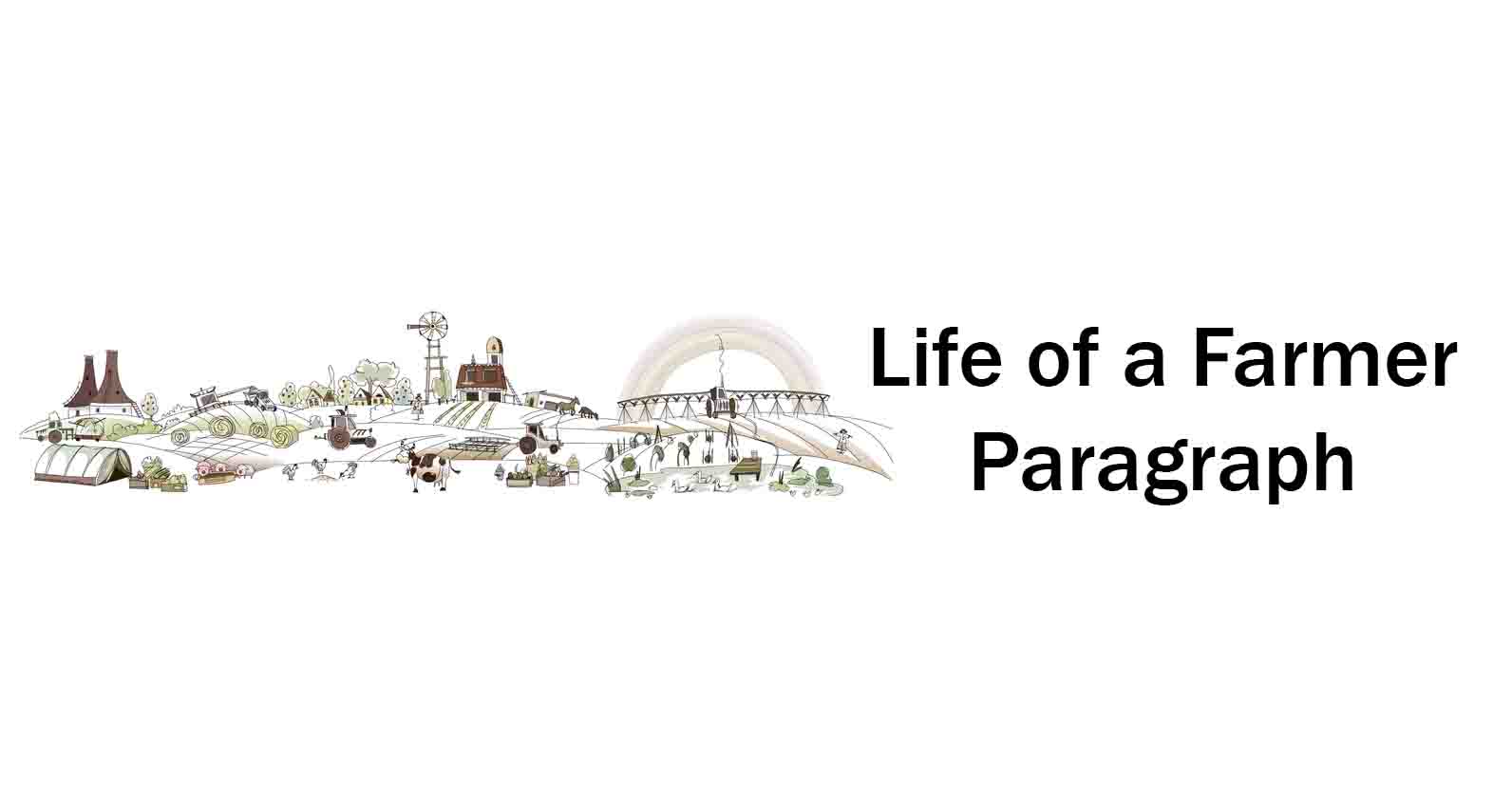Importance of Trees for the Environment and Human Life Paragraph in 200, 300, 500 Words

Trees play a vital role in sustaining life on Earth, serving as the backbone of our natural environment. They provide oxygen, absorb carbon dioxide, and help regulate the climate, making them essential for maintaining ecological balance. Trees also prevent soil erosion, support biodiversity by providing habitats for countless species, and contribute to the water cycle through transpiration. Beyond environmental benefits, trees enhance human life by offering shade, improving air quality, and fostering mental well-being. Their presence in urban areas can reduce stress and promote a healthier, more livable environment. Thus, protecting and planting trees is crucial for both the planet and humanity.
Importance of Trees for the Environment and Human Life Paragraph in 200 Words
Trees are essential to both the environment and human life, playing a crucial role in maintaining ecological balance and enhancing our quality of life. They act as natural air filters, absorbing carbon dioxide and releasing oxygen, which is vital for all living beings. Trees also help regulate the climate by reducing the effects of greenhouse gases, mitigating global warming, and cooling the atmosphere through the process of transpiration. Their roots stabilize soil, preventing erosion and reducing the risk of landslides, while their canopies provide shelter and food for a diverse range of wildlife, supporting biodiversity.
In addition to their environmental benefits, trees significantly improve human well-being. They provide shade and cooling, which reduces energy costs and helps combat the urban heat island effect in cities. Trees also improve air quality by filtering pollutants, making urban areas healthier to live in. Studies have shown that spending time around trees and nature can reduce stress, boost mood, and improve mental health. Whether in forests, parks, or backyards, trees contribute to a sense of peace and well-being. Their importance cannot be overstated, making their preservation and cultivation vital for a sustainable future for both the planet and humanity.
Importance of Trees for the Environment and Human Life Paragraph in 300 Words
Trees are indispensable to both the environment and human life, serving as foundational pillars of the Earth’s ecosystems and offering myriad benefits that extend far beyond their aesthetic appeal. At the core of their importance is their role in regulating the planet’s atmosphere. Through the process of photosynthesis, trees absorb carbon dioxide, a major greenhouse gas, and release oxygen, which is critical for the survival of most life forms. In doing so, they act as a natural carbon sink, helping to mitigate the effects of climate change and global warming. Furthermore, trees regulate temperatures by providing shade and cooling through evapotranspiration, a process that reduces the heat island effect in urban areas.
Trees also play a vital role in maintaining the integrity of soil and water systems. Their root structures bind soil together, reducing the risk of erosion, landslides, and desertification, particularly in fragile landscapes. Additionally, trees contribute to the hydrological cycle by absorbing rainwater and reducing surface runoff, which helps prevent floods, replenishes groundwater supplies, and maintains water quality.
Biodiversity, a key component of ecological resilience, is heavily dependent on trees. Forests and wooded areas provide habitats for countless species, from microorganisms to large mammals, creating complex ecosystems that support a wide range of life forms. The loss of trees can therefore lead to a decline in biodiversity, disrupting ecosystems and reducing their capacity to adapt to environmental changes.
From a human perspective, trees contribute to improved physical and mental well-being. Urban greenery is linked to lower stress levels, enhanced cognitive function, and a reduction in air pollutants, which leads to better respiratory health. Moreover, trees offer economic benefits by reducing energy costs through natural cooling and providing timber, fruits, and other resources.
In essence, trees are not only vital for the planet’s health but also for the well-being and survival of humanity. Their preservation is crucial for a sustainable future.
Importance of trees for the environment and human life paragraph in 500 words
Trees are one of the most critical components of the natural world, underpinning the health of ecosystems, human societies, and the planet itself. Their multifaceted roles, from atmospheric regulation to biodiversity support, position them as a keystone species, essential to life on Earth. Without trees, the environmental equilibrium would be severely compromised, and the consequences for humanity and nature would be profound.
One of the primary contributions of trees is their ability to regulate the planet’s atmosphere. Through photosynthesis, trees absorb carbon dioxide, a major contributor to global warming, and release oxygen. This process makes them one of the most effective natural carbon sinks, mitigating the rise in greenhouse gases and their associated impacts on climate change. A mature tree can absorb up to 22 kilograms (about 48 pounds) of carbon dioxide per year, which adds up significantly when we consider the billions of trees across the globe. Moreover, trees play a role in cooling the environment. By releasing water vapor through evapotranspiration, they help regulate temperatures in urban and rural areas, counteracting the heat island effect in cities. In this way, trees act as natural air conditioners, reducing the need for artificial cooling, which in turn decreases energy consumption and lowers carbon emissions.
Beyond their atmospheric benefits, trees are essential for the maintenance of healthy soil and water systems. Their root structures help prevent soil erosion by binding the soil together, reducing the risk of landslides and degradation of arable land. This is particularly crucial in regions with high rainfall or on steep slopes, where the absence of tree cover can lead to disastrous consequences. Trees also improve soil fertility by contributing organic matter in the form of leaf litter and dead branches, which decompose and enrich the soil with nutrients.
In water systems, trees play a pivotal role in maintaining the balance of the hydrological cycle. By absorbing rainwater, trees reduce surface runoff, helping to prevent floods. Their presence around rivers, lakes, and wetlands acts as a buffer, improving water retention and preventing the contamination of water bodies with pollutants carried by runoff. In arid and semi-arid regions, trees help in groundwater recharge by allowing water to percolate slowly into the soil, sustaining local water tables and contributing to the availability of fresh water.
Perhaps one of the most profound roles trees play is in supporting biodiversity. Forests, which cover approximately 31% of the world’s land area, are home to 80% of the Earth’s terrestrial species. Trees provide shelter, food, and breeding grounds for countless organisms, from birds and insects to mammals and microorganisms. The complex ecosystems they support are vital for ecological resilience, helping species adapt to environmental changes and ensuring the continuation of ecosystem services like pollination, seed dispersal, and pest control. When trees are lost, entire ecosystems are disrupted, leading to species decline and extinction.
For humans, trees offer a wide array of direct benefits. In urban environments, trees improve air quality by filtering pollutants such as nitrogen oxides, ammonia, and particulate matter. Studies have shown that living in green spaces can reduce stress, improve mental health, and enhance cognitive functioning. Moreover, the presence of trees in cities reduces energy consumption by providing shade and cooling, lowering air conditioning use in hot climates. Trees also contribute economically through the provision of timber, fuel, fruits, and medicinal products, offering livelihoods to millions around the world.
In summary, trees are indispensable to both the environment and human life. They regulate climate, protect water and soil systems, support biodiversity, and provide numerous health and economic benefits to humans. As deforestation and urbanization threaten global tree populations, the need for conservation and sustainable forestry practices has never been more urgent. Protecting and planting trees is not just a matter of environmental stewardship—it is essential for the long-term survival and well-being of our planet and its inhabitants.
Also Read: HSC Paragraph Suggestion for 2025 Exam









